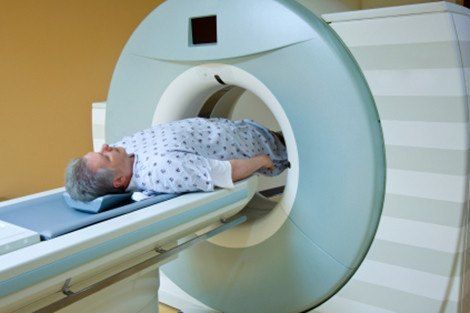August 20, 2013 — For the past 25 years, a prostate cancer screening test called Prostate-Specific Antigen (PSA) has offered the hope of reducing deaths from prostate cancer by catching the disease early when cure is possible. But recent findings have raised concerns over whether the test’s potential to save some men’s lives is worth the side effects from unnecessary treatments it leads to in many men.
Lorelei Mucci, associate professor of epidemiology at Harvard School of Public Health (HSPH) outlined the latest research and recommendations on PSA screening during a lecture at the School on July 30, 2013, part of the annual summer Hot Topics series.
Prostate cancer is the second leading cause of cancer deaths in US men, after lung cancer. Across the globe each year, 250,000 men die from the disease. Routine use of the PSA test has increased earlier diagnoses of the disease and has likely led to the observed decreases in prostate cancer mortality in many Western countries where PSA is widely used. However, it also has led to a spike in over-diagnosed tumors that would never cause harm for a man and would not have otherwise been identified. These patients then often undergo difficult treatments that they don’t need and which can have significant side effects such as erectile dysfunction and incontinence.
Recommendations from leading medical organizations regarding which men should be tested and when, and how to follow-up on an elevated result, are inconsistent, Mucci said. The US Preventive Services Tasks force recently reviewed the evidence and came to the conclusion that there was not sufficient evidence to support PSA screening to reduce cancer mortality. Other groups from the US and Europe recommend that men be screened starting at ages ranging from 40 to 55. Others recommend against routine screening for younger men with only an average risk of dying from cancer and suggest that the decision whether or not to screen be an informed choice shared by the patient and his doctor.
The confusion for doctors and the public comes primarily from the conflicting data from two large randomized trials of PSA screening published last year in The New England Journal of Medicine and Journal of the National Cancer Institute, with the first finding that the test reduced prostate cancer mortality and the second finding that it did not.
Mucci cautioned that the results of these studies may be premature given the disease’s slow development. “One of the take-home messages is that prostate cancer has a long clinical progression,” she said. “You have to follow men for many years before you see if they develop metastatic disease [cancer that spreads beyond the original tumor], and therefore the results from the screening trials may become more informative with additional time.”
Little guidance exists for clinicians regarding what to do if a man’s PSA level is high. At what point should he receive a biopsy? How often should he be retested? The answers are unclear as there is no evidence basis for the decisions, Mucci said.
Combined findings from several recent studies show that to prevent one death from prostate cancer, 936 men must be screened with the PSA test and 20 to 40 men treated — at a total estimated cost of $5.2 million, Mucci said. But until another biomarker is found that can detect malignant forms of cancer, men and their doctors have only the PSA test.
“How do patients and their doctors weigh issues around impairments in quality of life with potential death from cancer?” Mucci asked. “How does a doctor in a 15-minute visit help a man weigh this choice?” These are some of the key unanswered questions that men face as they age.
Photo: iStockphoto
Learn more
The prostate cancer predicament (Harvard Public Health)
